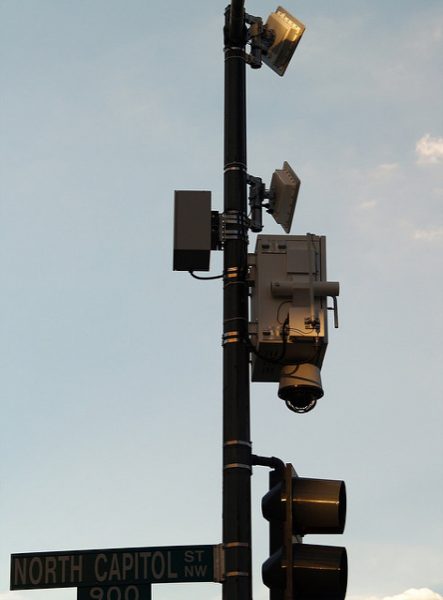
Mass information is changing criminal justice surveillance. Police departments have begun to use massive digital datasets — referred to as “big data” — to reduce crime rates. However, these practices can prompt inadvertent social consequences, according to sociologist, Sarah Brayne. Brayne spent more than two years observing and interviewing members of the Los Angeles Police Department (LAPD) investigating how new technologies have intensified and transformed how police monitor large numbers of people.
One of the most shocking transformations in the LAPD data-systems is the dramatic increase in the number of people and institutions under surveillance. Their software investigates individuals with and without previous police contact. Based on police records, the software builds network diagrams of associated contacts. These include the suspect’s relatives and people affiliated with the addresses or phone numbers in the suspect’s register, regardless of their involvement in criminal activities. Databases also gather information not related to crime control, like from Twitter accounts and utility bills. This widens the net of surveillance to non-criminal spaces.
Although technology plays a big part in decision-making, humans still play a vital role in surveillance. For example, when an analyst runs a search for a certain individual, they can see how many times other criminal justice employees have searched for that individual. The more searches, the higher the individual’s “criminal risk,” no matter what their criminal justice involvement is. Further, big data makes it possible to patrol “hot spots” of crime, based on predictive analyses of future crimes. However, some officers contest this form of control, by turning off their automatic vehicle location (AVL) technology.
Advocates of big data believe it can reduce human bias against racial minorities and increase police accountability. However, their faith rests on false the assumption that digital information is free of human bias. As these new technologies extend and intensify surveillance of both individuals and institutions, Brayne points out that some individuals — particularly those living in low-income, minority areas — will surely bear the burden of control more than others.

Comments